Phillips County is located along the Canadian border somewhat
east of center in the state and is made up overwhelmingly of nearly empty
ranchland. Like most of the small towns
in the region, the county seat at Malta has a real Old West feel to its
downtown. I stayed there in an old-school mom-and-pop type motel for a night
and ventured out for dinner in town at the Stockman’s Bar and Grill, a old-fashioned
western style establishment with some real live cowboy types in attendance on
Saturday night. Eastern Montana is one of
the spots where there has been a great number of dinosaur fossil finds, so
Malta has its very own dinosaur museum. It had not reopened yet at the time of
my visit, but the next-door Phillips County Museum was open and contains some
dinosaur fossils as well.
Bowdoin Lake National Wildlife Refuge is located just east
of Malta, and like Medicine Lake is summer home to a vast population of
migratory waterfowl, although not quite as large a pelican population. The
weather wasn’t quite as nice, but the bird watching may be even better.
And I didn’t have the place to myself this time.
I saw another car with Washington license plates and two twitchers. The wading birds like American Avocets and several
kinds of stilts are the most interesting.
From the Malta area I headed south toward Charles M. Russell
National Wildlife Refuge where I planned to do a hike listed in my guidebook to
a place called Mickey Butte. As was
indicated might be the case, though, road conditions were so bad I decided to
abandon my plans. Instead I drove around several of the non-contiguous units of
the American Prairie Reserve, which are located mostly adjacent to and north of
the public wildlife refuge. The reserve
is a rather grandiose privates scheme to buy up low-value ranchland on the
plains to return to its natural state and repopulate with bison and all the
other species such as elk that were native to the plains before white settlement.
The plan is to create a kind of American Serengeti, which together with
adjacent public lands will become the largest wildlife reserve in America.
It sounds nice, but I wasn’t too impressed
with what I saw there so far. I saw a few bison, but nothing like the
concentration in some state or national parks or on private ranches. The limited visitor facilities were also not
open yet. The reserve is also
controversial, as indicated by some of the signs opposing it that I passed on
the way there. Local people don’t like
more land being taken out of traditional uses like cattle ranching, believing
that those who control the reserve will generally side with the federal
government in imposing more restrictions on their activities and traditional
way of life. Much of what I know about
the reserve, though, is what I learned from National Geographic magazine at the
beginning of the year rather than from my observations while there.
I spent the night back in Charles M. Russell NWR after driving
the reserve’s auto route which descends into the Missouri River Valley and parallels
the river for 10 miles. I guess it’s
popular for fishing and boating even though there’s little in the way of
facilities. There was a small
concentration of campers on Memorial Day weekend, far more people than I had
seen anywhere else so far in eastern Montana.

 Malta, Montana, United States
Malta, Montana, United States

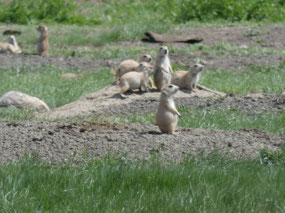

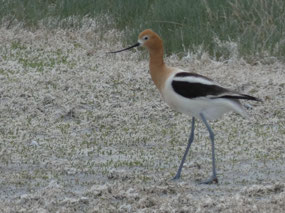
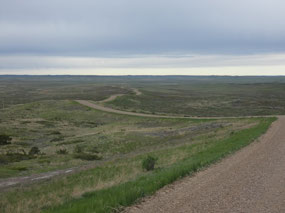
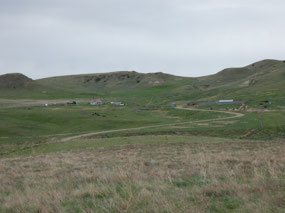

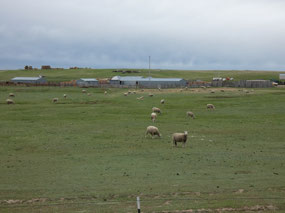
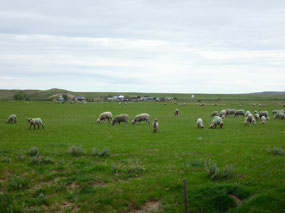
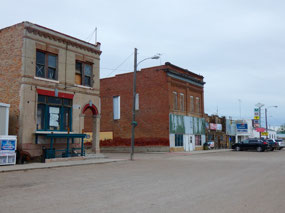

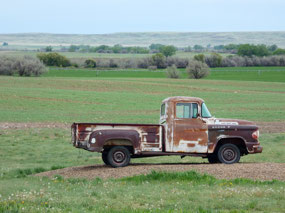
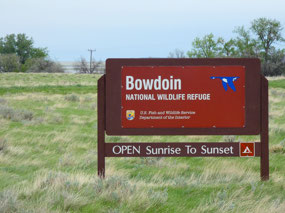
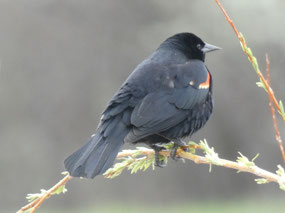
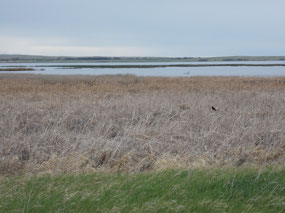
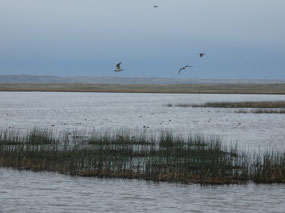
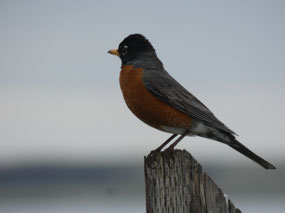
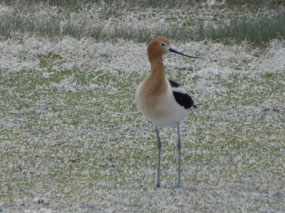
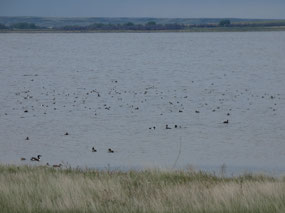
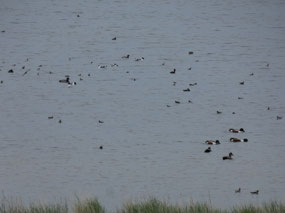

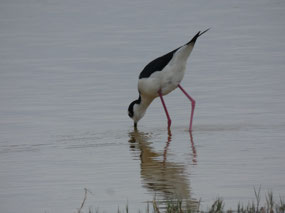
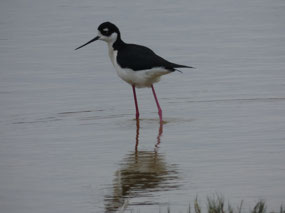
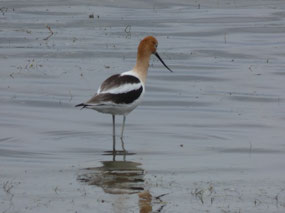
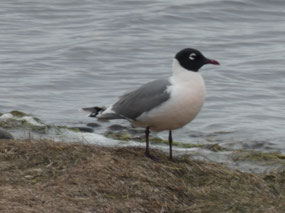
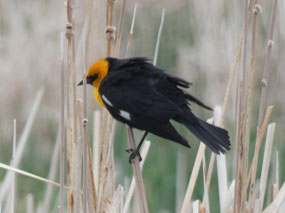
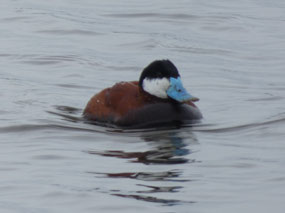
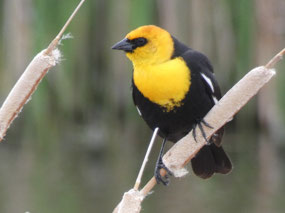
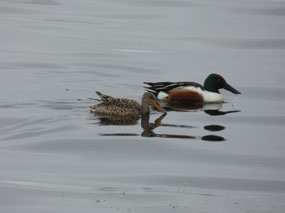
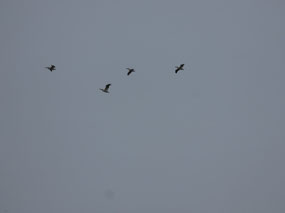
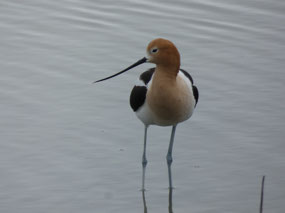
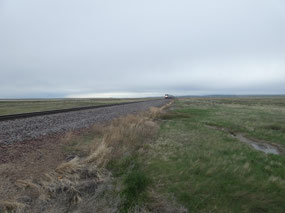
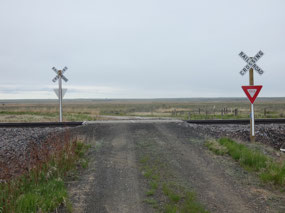
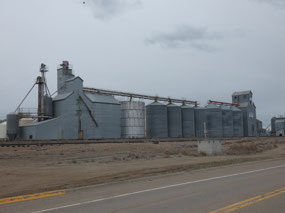
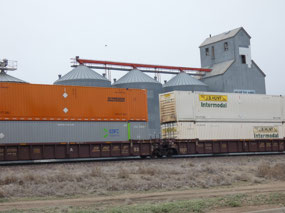

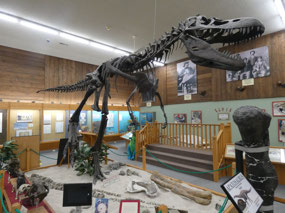
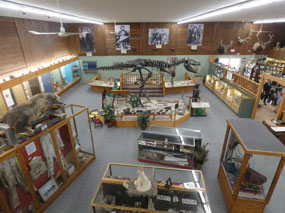
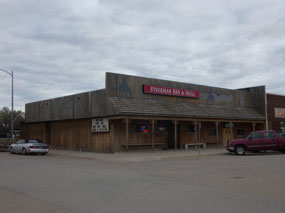
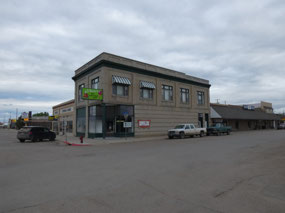

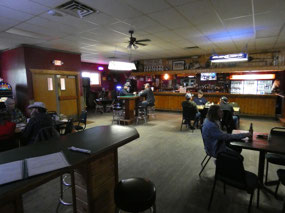
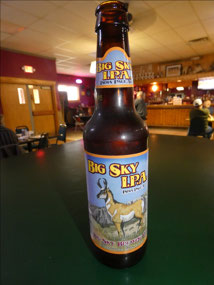
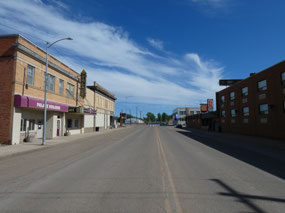
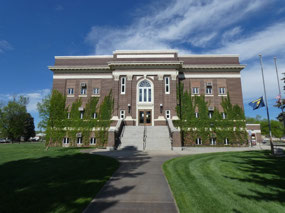
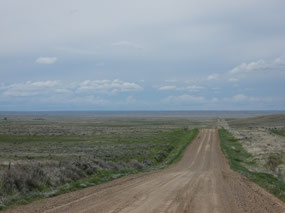
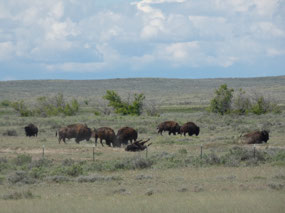
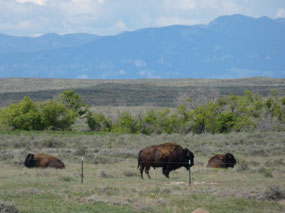
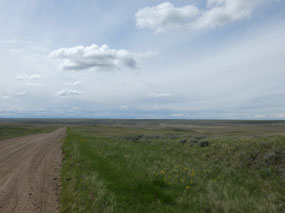
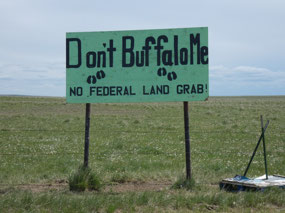
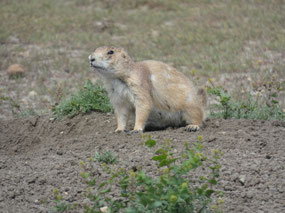
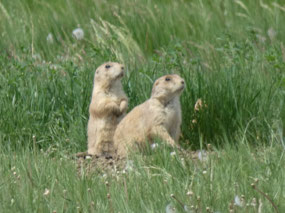
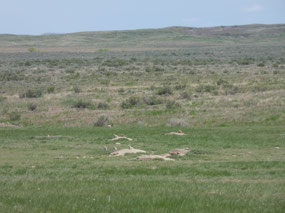
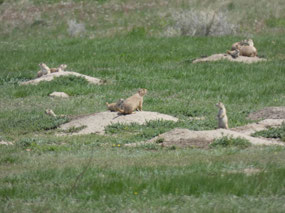
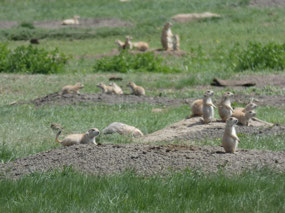
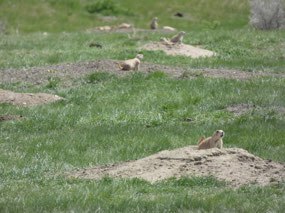
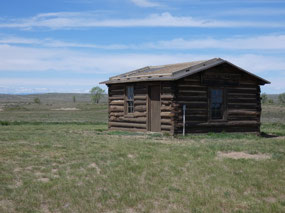
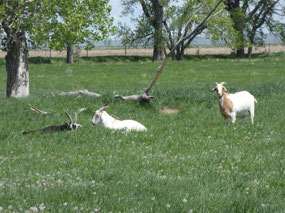
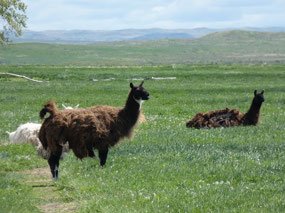
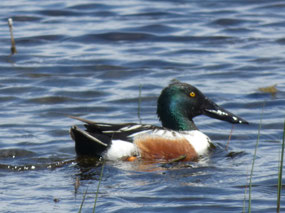

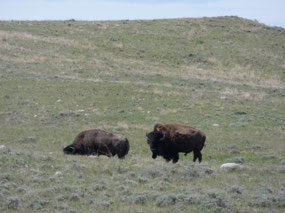
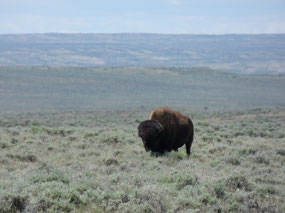
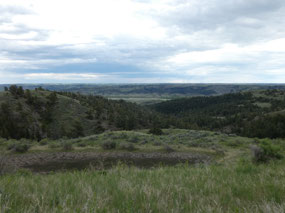
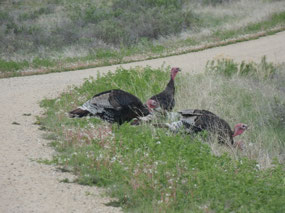
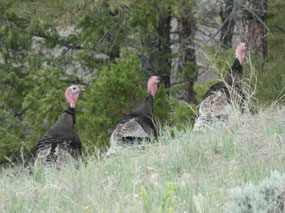
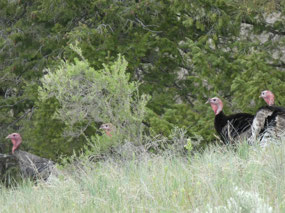
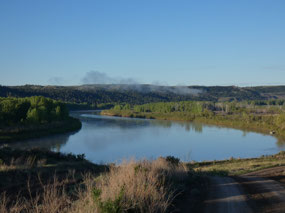
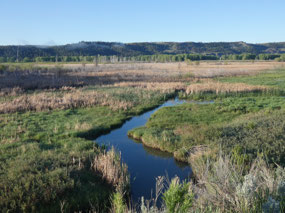


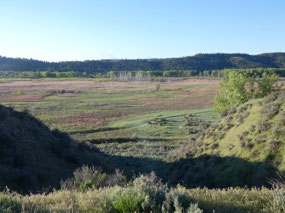
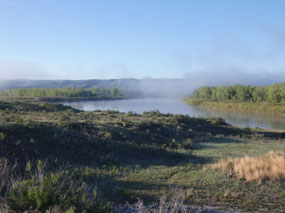
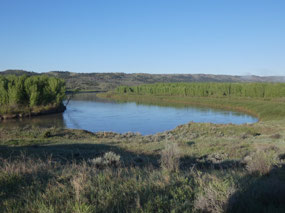
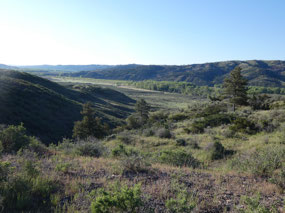
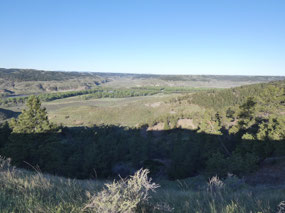
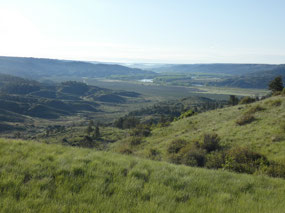
2025-05-22